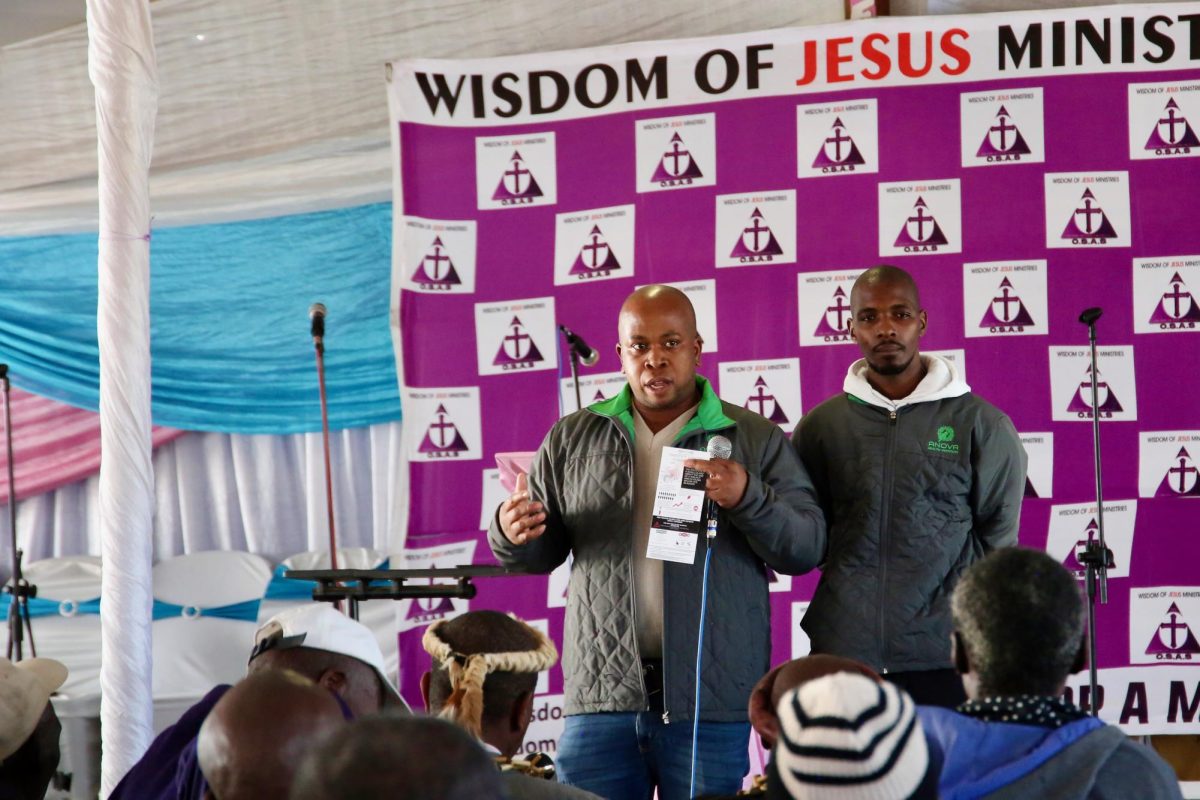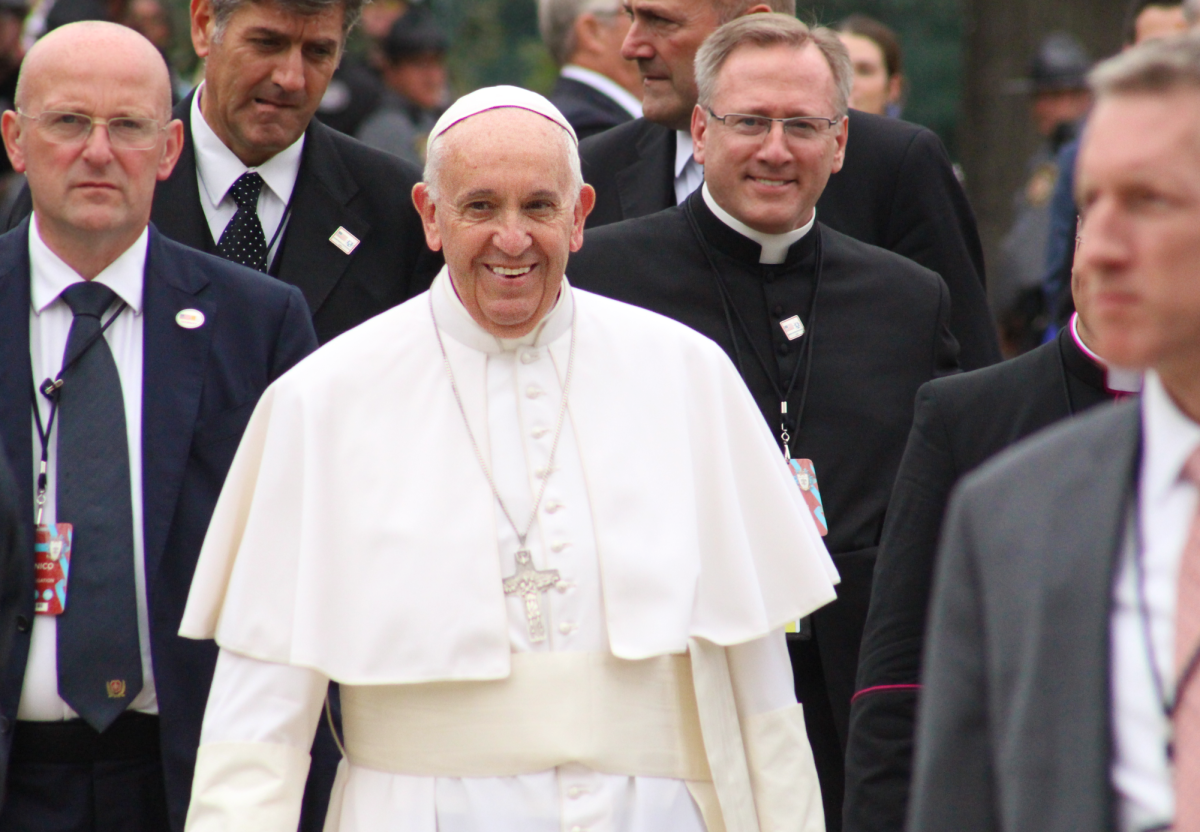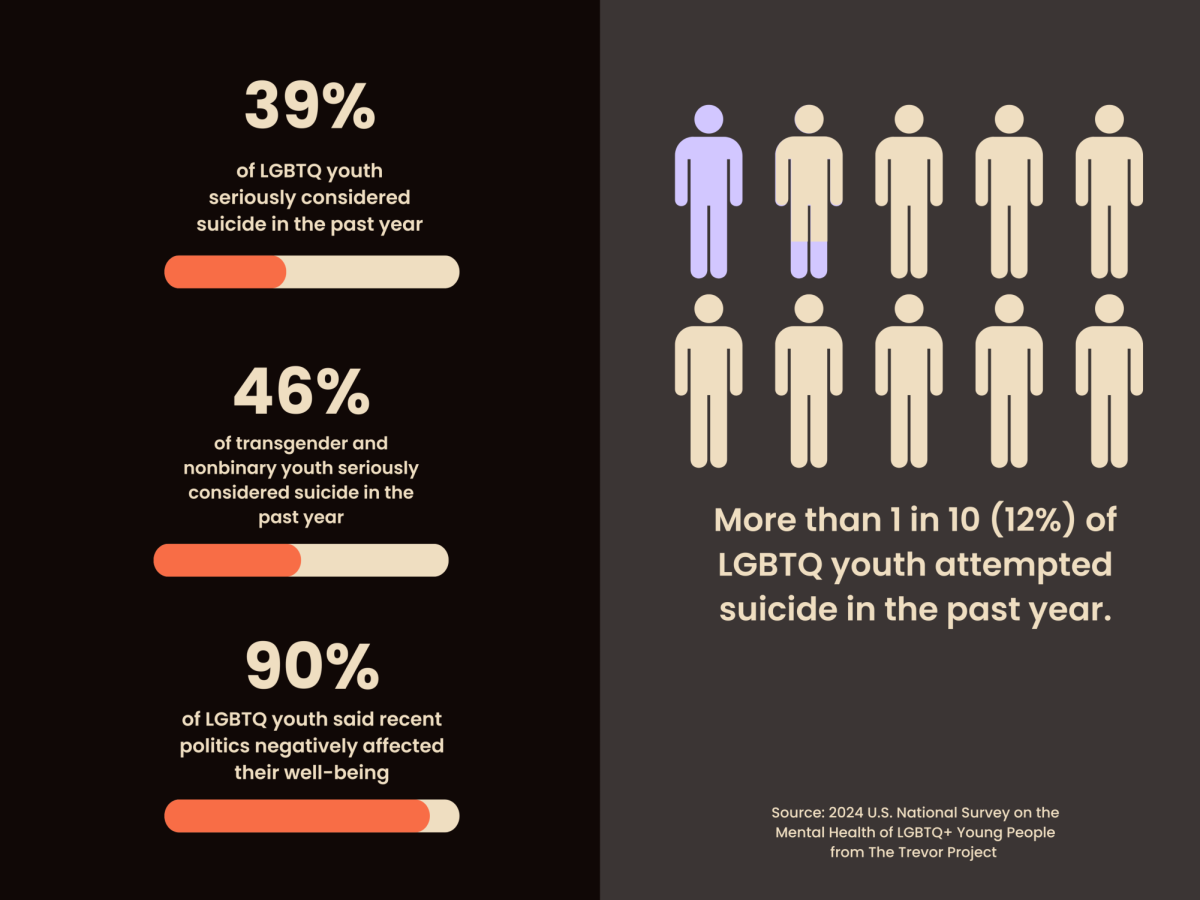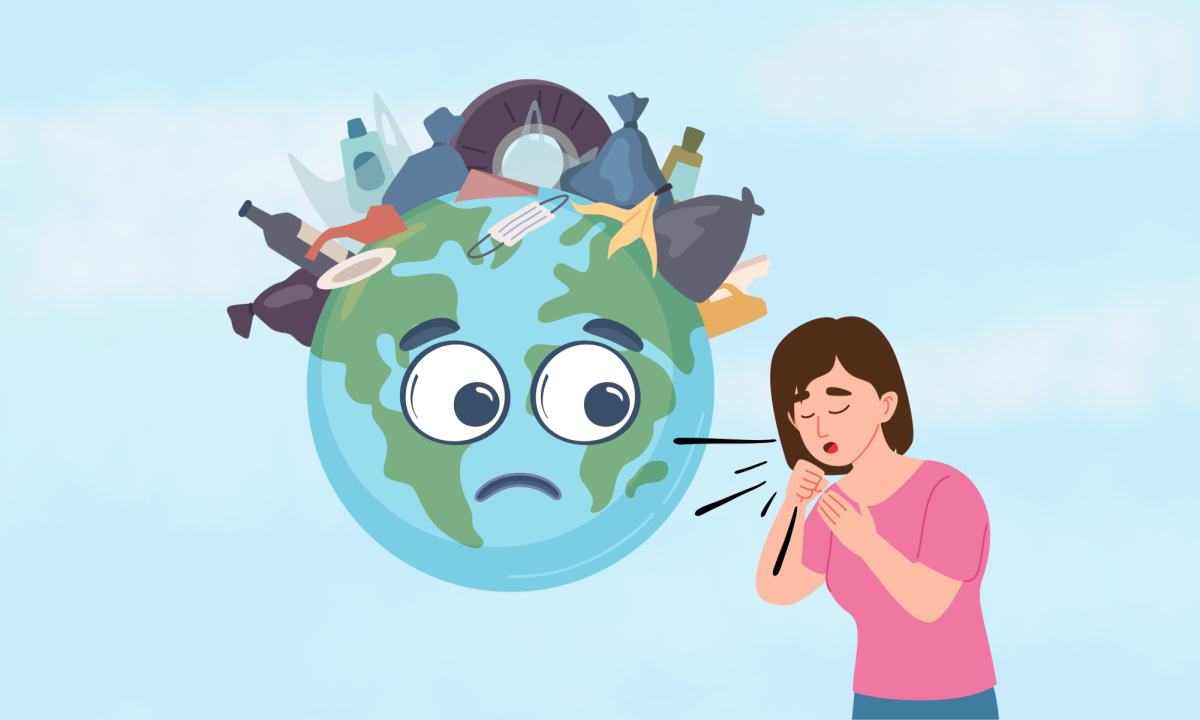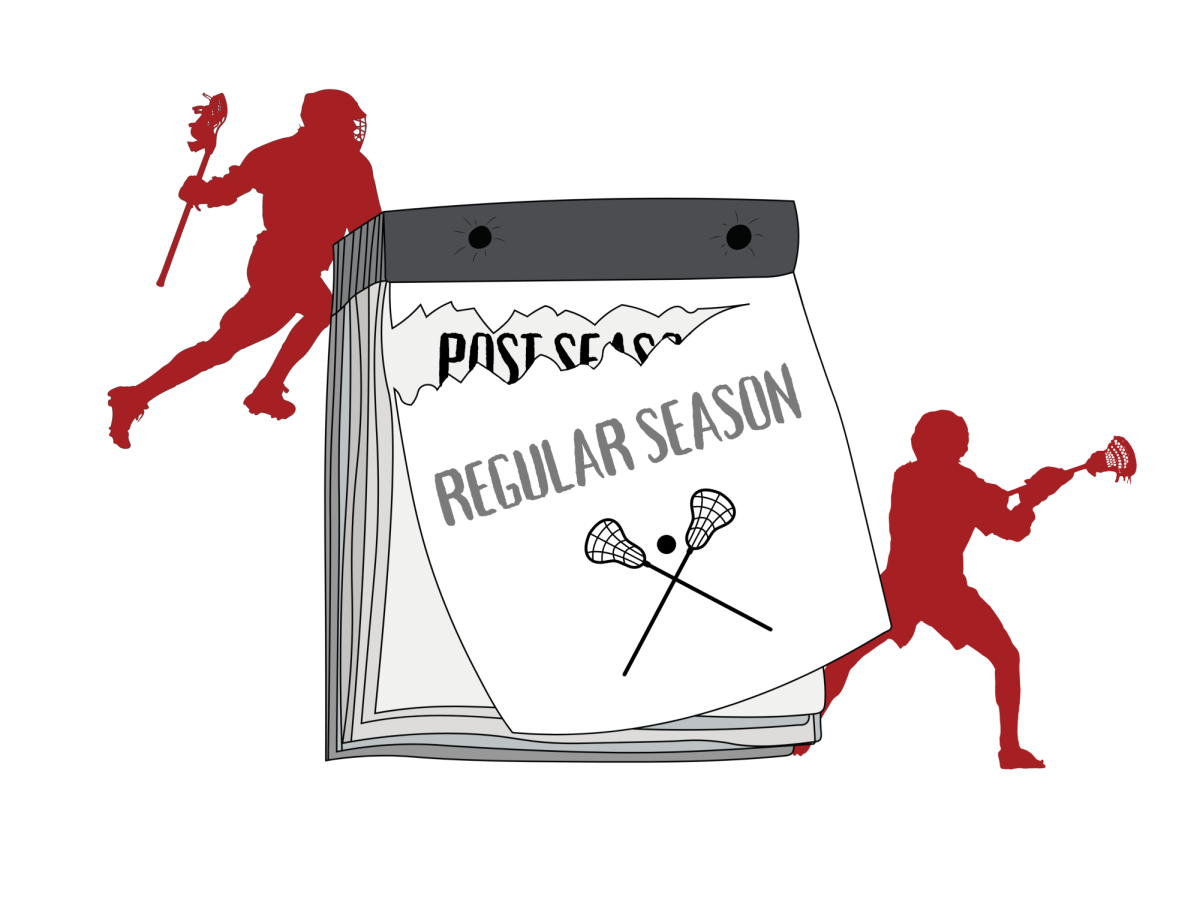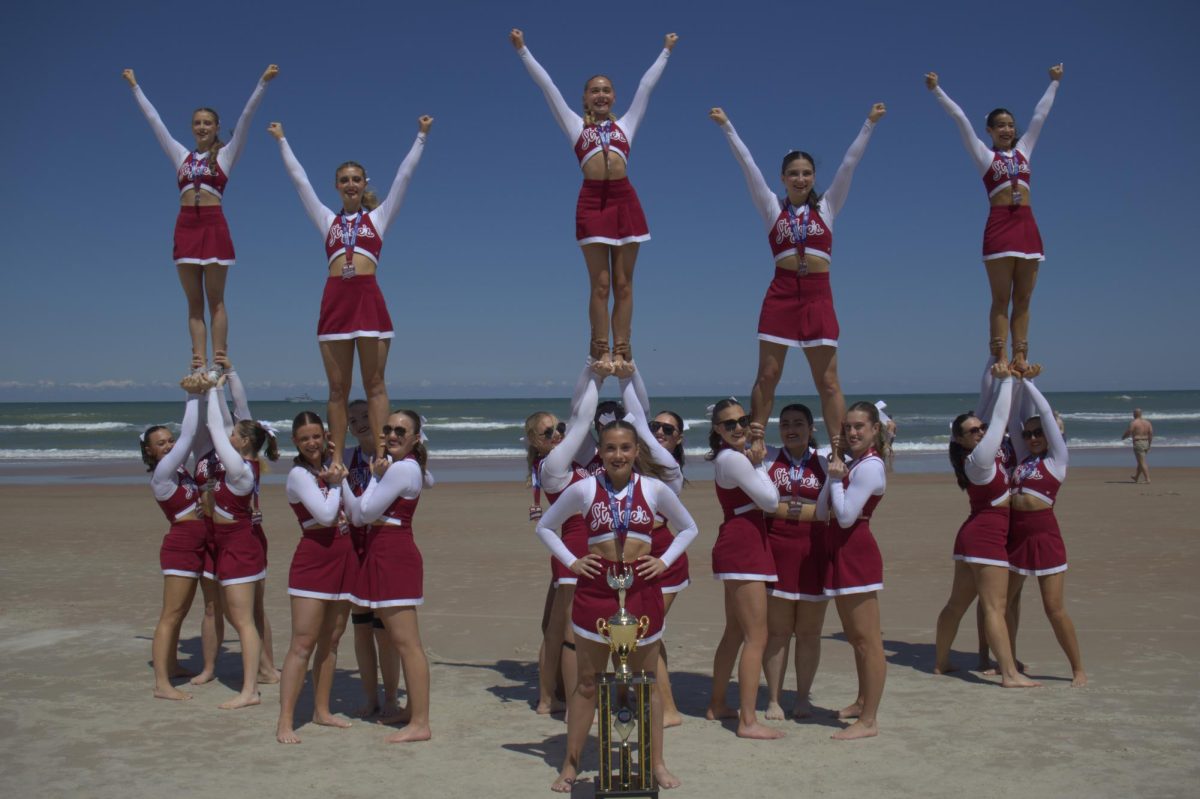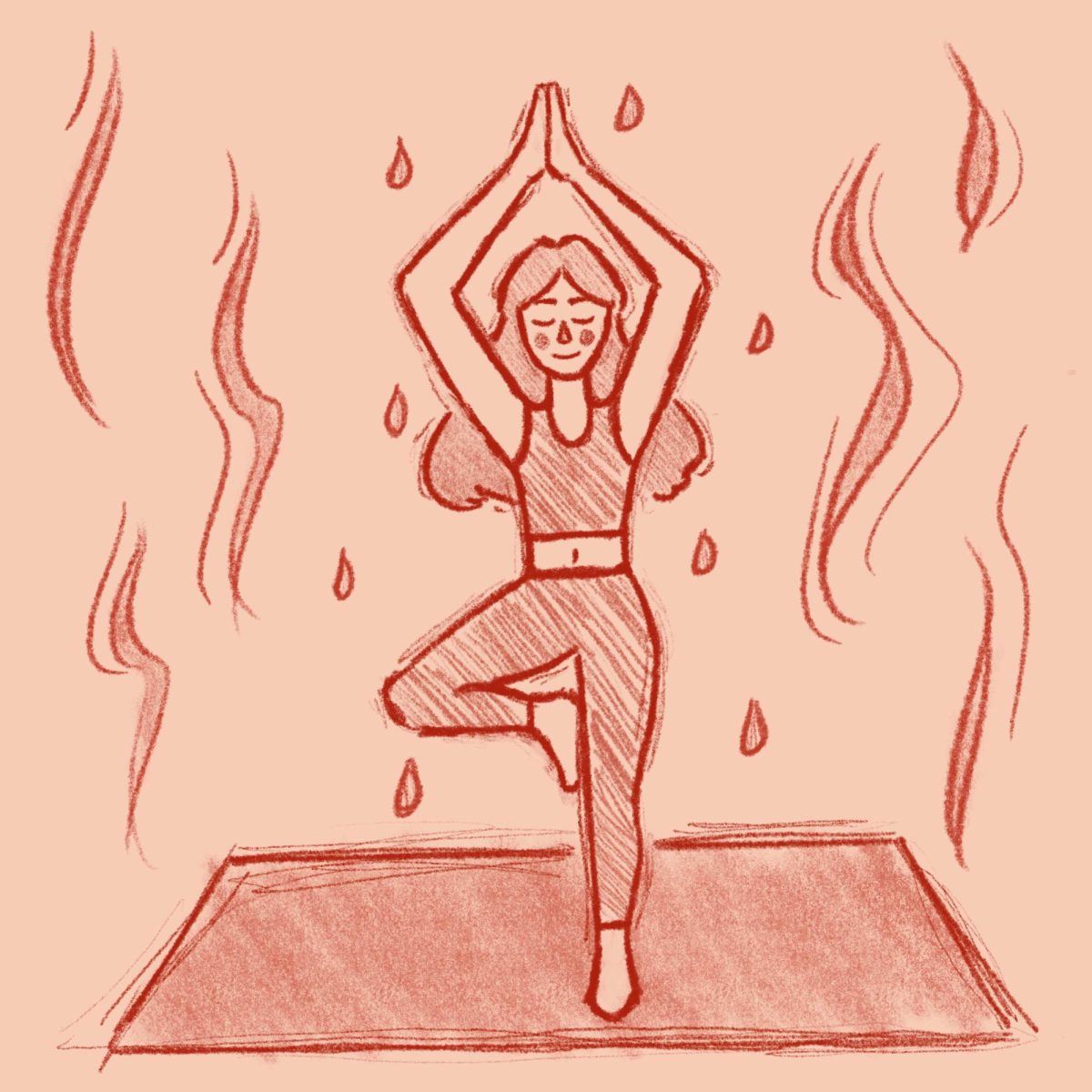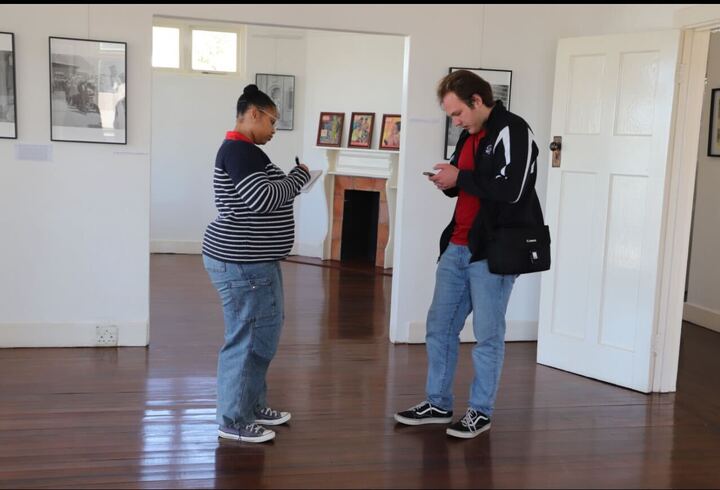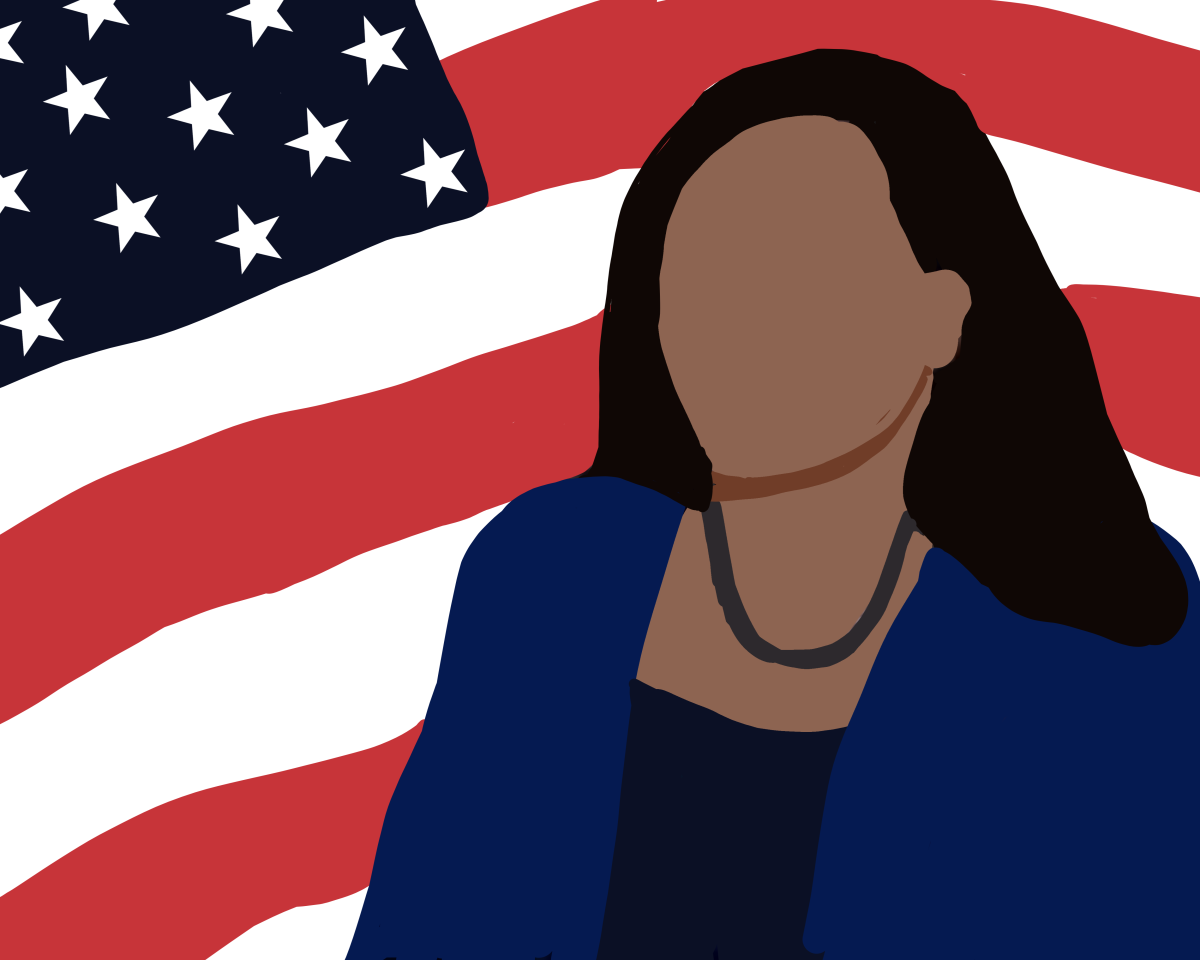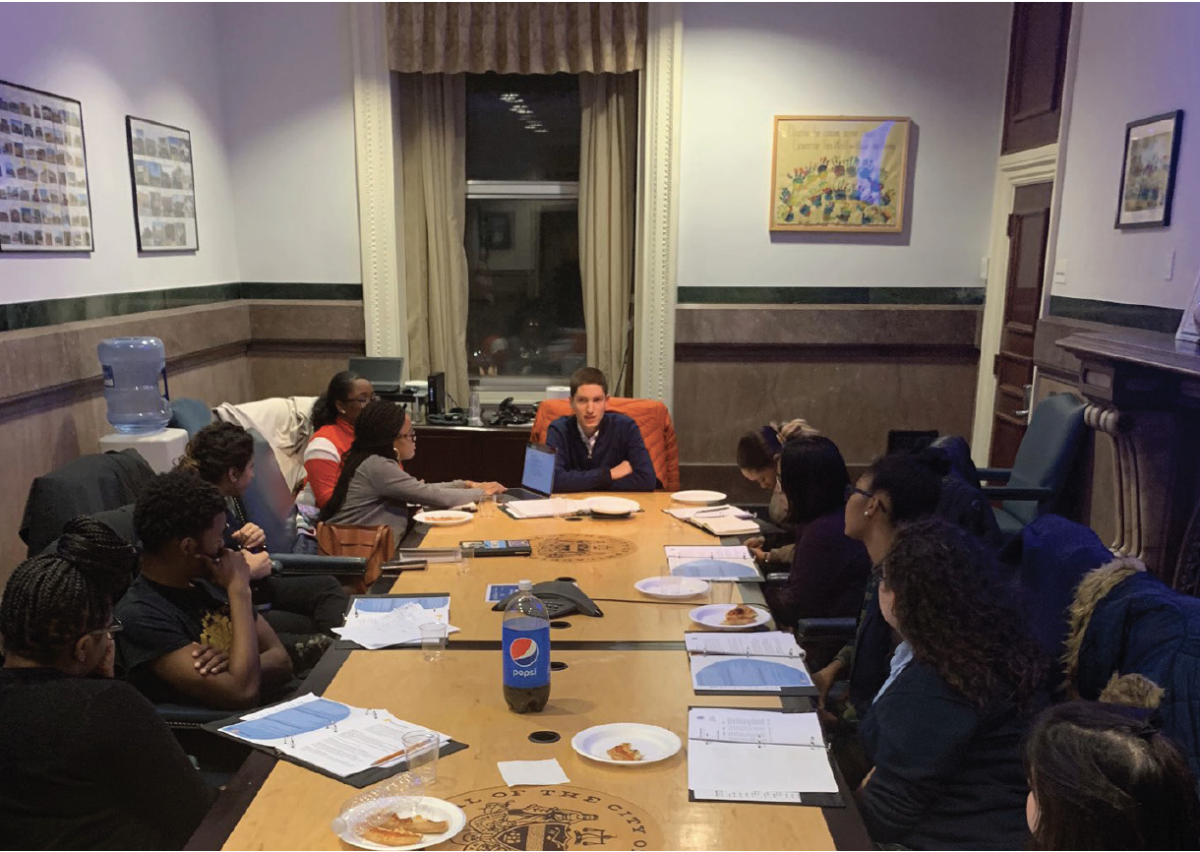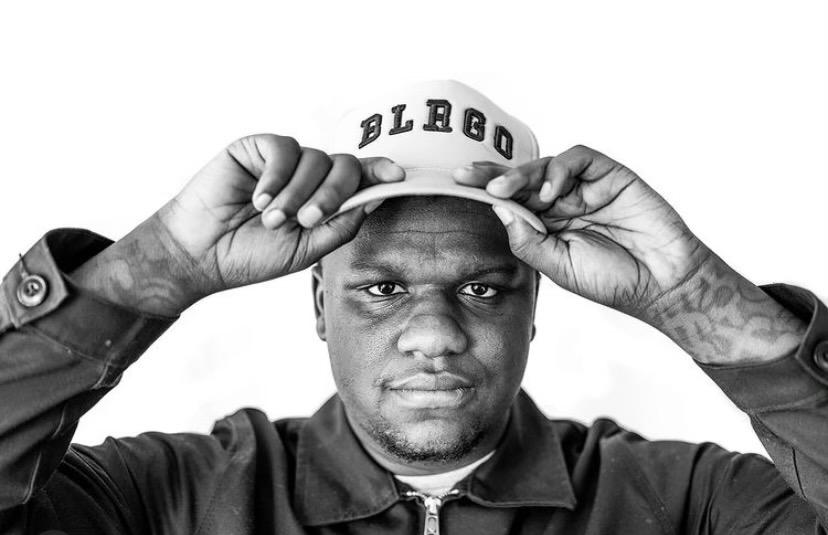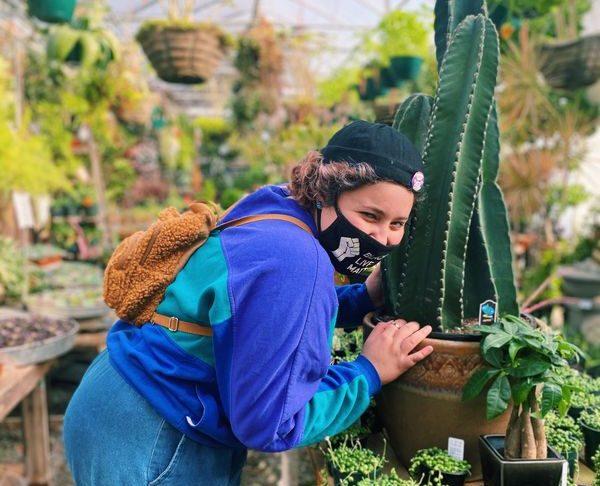
In the past year, young people have been at the forefront of social justice movements across the U.S., acting as catalysts for change at local and national levels. Young Philadelphians have joined the fight against injustice as well. Over the course of the semester, The Hawk will feature profiles of Generation Z activists in and around Philadelphia who are working to create change in their communities.
A group of eight energetic middle-school-aged girls settled into their Zoom class on March 8.
One student posed a question, asking the rest what they would have been in their past lives.
Another student answered that she would have been someone who was on the front lines, fighting for equal rights in the 60s and 70s. The other girls chimed in in agreement.
This exercise kicked off a meeting of the media class in a program called Photography Without Borders, a nonprofit organization that puts cameras in the hands of the youth in some of the most disenfranchised parts of Philadelphia and gives them a chance to tell their own stories. Founded in 2009 by Tony Rocco, a former computer science teacher with a passion for photography, the program is based out of John B. Stetson Charter School in the Kensington neighborhood of Philadelphia.
Stetson is a member of ASPIRA, Inc. of Pennsylvania, which seeks to create bilingual community leaders in some of Philadelphia’s low-income and high-crime neighborhoods. The Photography Without Borders media program is currently comprised of all Stetson middle school students, but Photography Without Borders runs its Shutterbug Photography program in Stetson, fellow ASPIRA member Eugenio Maria de Hostos Charter School and with the organization Taller Puertorriqueño, “the cultural heart of Latino Philadelphia,” hosting workshops about telling personal stories through photography and documenting the pandemic.
Rocco teaches the media class with Rich Gretzinger, who has an extensive background in documentary and television production as well as photography. Rocco said the two instructors try to relate everything back to the real world and equate their brainstorming to professional television executives discussing the most important issues that audiences want and need to know.
“This is all about them and it does make it a little more challenging sometimes because they’re used to being told what to do, but now everything’s turned around,” Rocco said. “I love that they’re getting the opportunity to make their own choices about what they think is important. I love that it all comes from them. They’re so imaginative.”
This class recently finished production of a video titled “I Have a Dream” in which they touched on issues of racism, colorism, body shaming, environmental protection and LGBTQIA+ rights, among others. Each student voiced what their dream was based on their own personal experiences and inequalities they witness in their everyday lives.

“We make these videos so we can put the word out in the world at a young age to people,” said seventh grader Annalise Agosto, who has been working with Photography Without Borders for three years, making her the veteran of the group. “We want to send a message to them so that they keep it in their mind and they take it to heart.”
When it came time to brainstorm an idea for their next video, the group quickly and unanimously pointed to the holiday taking place that day of that Zoom class: International Women’s Day. For their next video, they want to pose questions to a panel of Philadelphia area female activists. The girls said they hope the video will deconstruct gender norms they already find themselves fighting.
“What makes this important to me personally is that we can share it to the world so that they can know what women go through,” said fifth grader Amaselis Rivera, who has been in the program for a few months. “A lot of women go through rape and body shaming and pregnancy at a young age. So I really think this project that we’re doing, it can help men to understand what women and girls go through in their lives.”
The girls also have dreams of creating change in the city and pushing out their message to as many people as possible.
“This means a lot to me because women live in a tough society right now,” said seventh grader Jalyssa Moll. “It’s a good message for the world because there are a lot of toxic people in the world and I think this project will send a message to a lot of people.”
These aspirations of relaying a message to a wide audience aren’t unrealistic, according to Shoshanna Wiesner, the program director. She said when she visited the organization in 2019 as part of the Philadelphia Cultural Fund, Rocco had invited the staff of council member Maria D. Quiñones Sánchez to view the students’ photos.
“They were moved to tears by the way that these young students were documenting the opioid crisis right outside their front step,” Wiesner said. “That for me, was incredibly powerful. Photography Without Borders is giving young artists a voice and getting it out to a larger audience beyond even their classroom.”
Rocco and Wiesner said that the program not only challenges traditional norms in the media but also flips the structure of a normal classroom. In Rocco’s media class, the ideas for the videos come completely unprompted by the instructors.
“[We want] to help them develop their own vision of what social justice means for them,” Wiesner said. “This is such an interesting conversation because we’re not going to tell them what the problems are and what they should be looking at. We really want them to figure it out for themselves.”
Before the coronavirus pandemic, students had hands-on experience shooting photos and videos, but now the class is able to focus more in-depth on the topics for their videos. For the majority of the class, their video production experience has been limited to Zoom, with the girls brainstorming ideas, writing scripts and narrating the videos via Zoom. But Rocco is in the process of planning socially distanced photo trips for the girls.
For the girls, the creative process flourishes because they are able to share a close camaraderie and also simultaneously discuss serious topics. Rocco calls the class a family. It is often filled with laughter, jokes and hearts typed into the chat, but when serious topics arise, the girls are all business.
For Brianna Rojas, a seventh grader who said she is getting more and more comfortable being in the class, it is as much about speaking out about injustice as it is having a safe space to talk freely.
“I just love how we could be ourselves, talk about whatever,” Rojas said. “When we’re making videos, we’re making them to bring something out to people, like racism or the one we’re working on now about women.”
Rivera said that when she saw Agosto walking around with a big camera in fifth grade, she didn’t know a simple question about where she got it would lead to her finding a second family.
“In the beginning I was shy but I got used to these people because not only do we talk in class, but we talk outside of class,” Rivera said. “Outside of class, we’re really close to each other and I never knew I could have a big family like this and I’m very grateful for that.”



